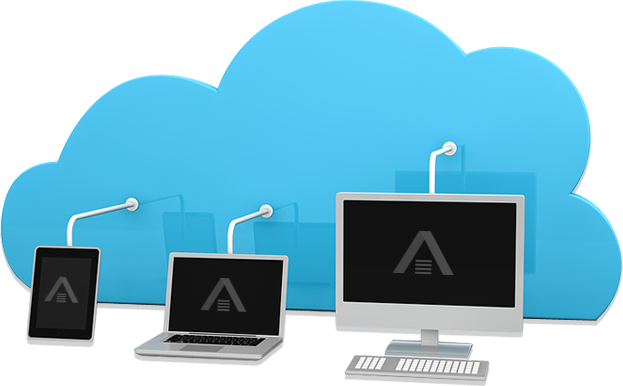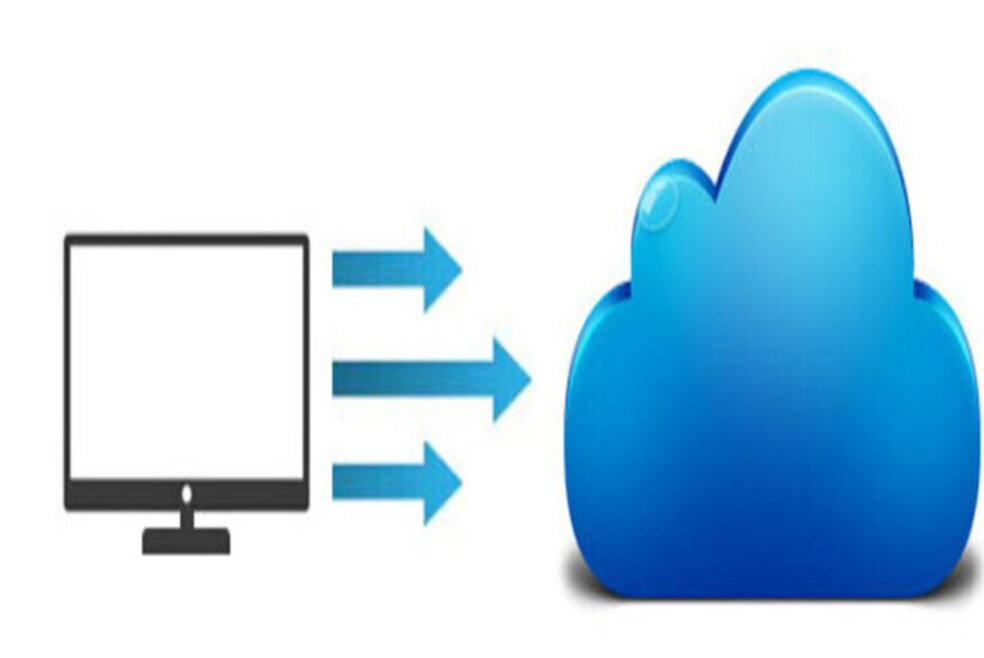
Cloud Migration
With every passing day, businesses are becoming increasingly aware of the tremendous potential in performance, agility, and cost effectiveness of transitioning legacy systems to the new-age future-ready Microsoft based cloud systems. To achieve seamless migration, you need expert cloud migration services from seasoned professionals. At UNIQ, we know the art and science of migration to cloud services with the right blend of risk mitigation strategies.

This checklist walks you through the steps to plan, assess, and begin your cloud migration, and offers resources to help you move to the cloud with UNIQ Solutions.
- Identify and involve stakeholders.
- Create a strategic plan
- Calculate total cost of ownership
- Discover and assess on-premises applications
- Get support for your implementation
- Build your team’s skills
Reach out to key people throughout your organisation, including both IT and business stakeholders. Early engagement and support will lead to a smoother, faster migration process.
Establish objectives and priorities for cloud migration. Plan around major business events and identify quick wins, like moving applications with just a few dependencies to expedite your migration.
Create a personalised business case for migration by using the Total Cost of Ownership (TCO) calculator to plan for costs and estimate your potential savings.
Before migrating, inventory all on-premises servers and assess dependencies. With Azure Migrate you have an inventory mechanism to help you as you move into subsequent steps. During migration, use Azure Migrate to better understand VMs and app dependencies of your migration.
Many organisations opt for outside help to support their cloud migration. To move to Azure quickly and confidently with personalised assistance, consider an Azure Expert Managed Service Provider or FastTrack for Azure.
A solid training foundation is important for successful organisational change. Check out the free training available on Microsoft Learn including courses on Azure fundamentals, solution architecture and security. Encourage your team to explore Azure certification as well.
- Know your migration options
- Pilot your migration with a few workloads
- Assess workloads using Azure Migrate and then use the service to perform a test migration.
- Perform a pilot by migrating databases from on-premises to Azure using Azure Database Migration Service.
- Migrate your remaining workloads to Azure
- Decommission existing on-premises infrastructure
- Optimise, secure and manage your migrated workloads
There are several different migration strategies including rehosting, refactoring and rearchitecting. To start, try rehosting, often referred to as “lift-and-shift” migration. This approach lets you migrate applications as they are, without the risk or expense of code changes.
Prove success in your migration journey by assessing and migrating low complexity workloads as a pilot.
With a successful pilot, you will be ready to migrate at scale with Azure Migrate. Use learnings and tools from the pilot to complete your workload migration to Azure.
After a successful migration and verification, determine the decommissioning process for your on-premises systems. The goal is to reduce your IT overhead and time spent managing outdated infrastructure.
After migration, continue to optimise usage and savings. Azure empowers you to keep improving with Azure Cost Management and Azure Security Center. Learn more about security and management best practices.
